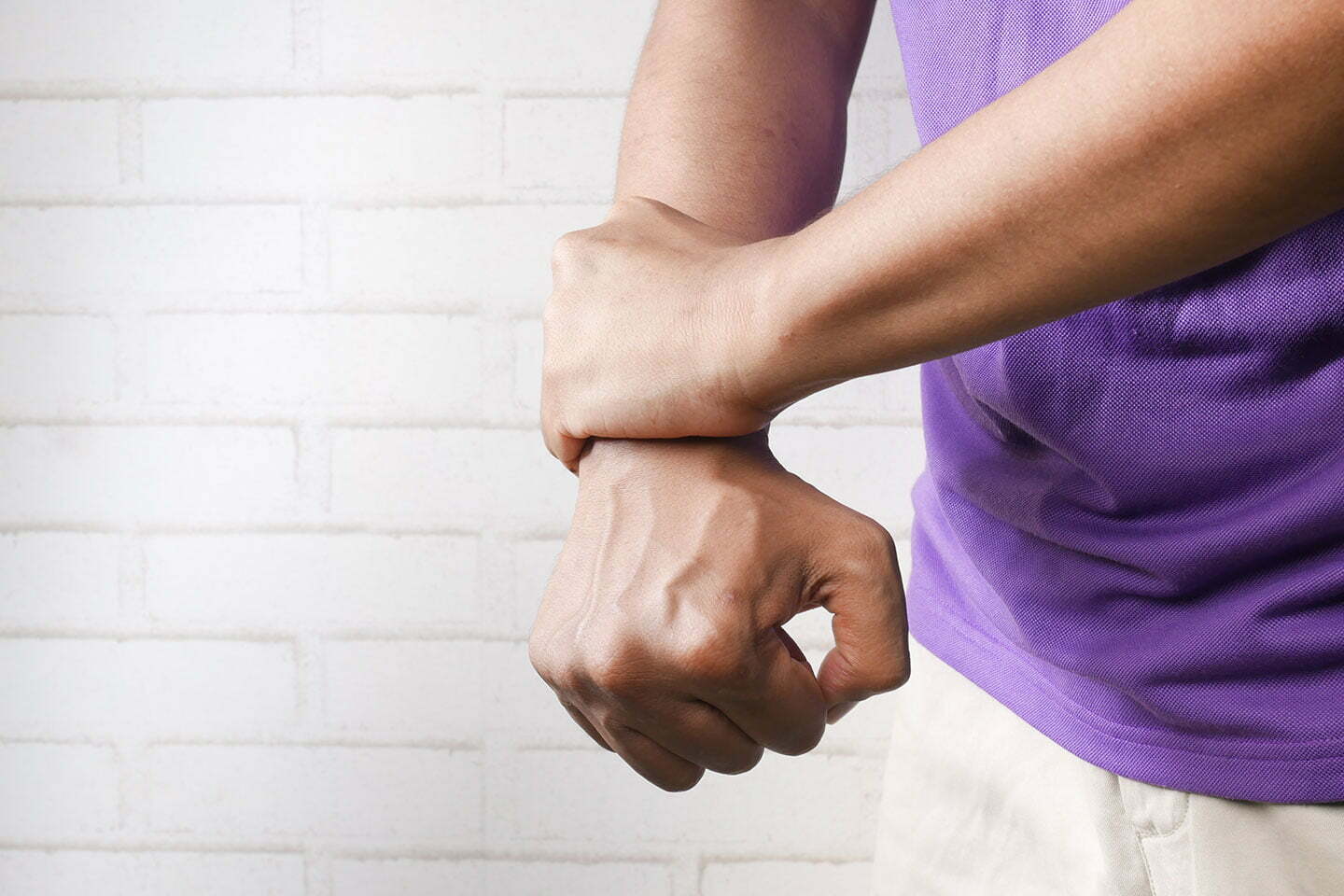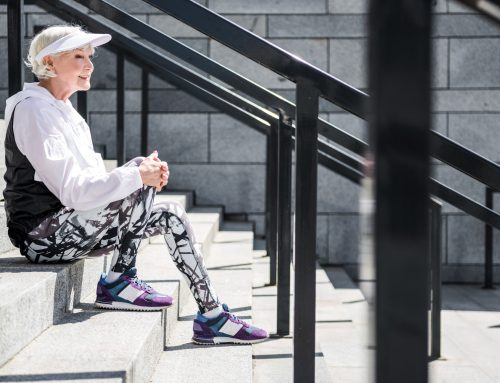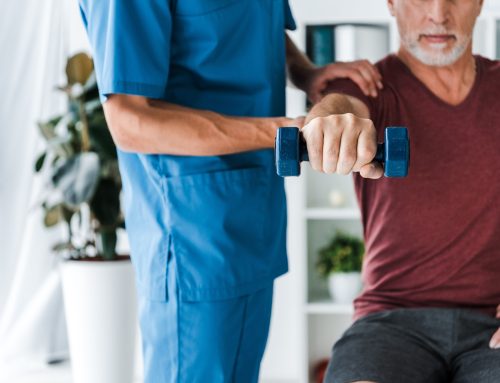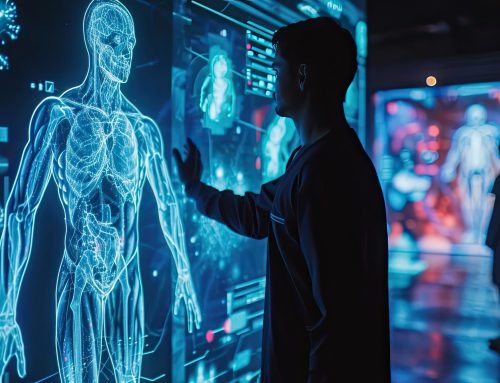
Bone mass, or bone density, measures how strong your bones are. In severe cases of low bone density, you can even get a fracture from a simple sneeze or hitting your hip on the breakfast table. At this stage, you’ve likely developed osteoporosis.
While most Canadians reach peak bone density by the age of 30, it’s not too late to prevent further bone loss. Read on to find out exactly what makes a person lose bone density and what you can do about it.
Causes for Low Bone Density
Did you know that bones are alive? It’s kind of weird to think about. Although they may seem like solid structures that make up your skeleton, they’re actually living tissues with an active metabolism and blood supply.
Think of your bones as a storage unit for all the minerals that the body needs. Calcium is essential for bone mass and a healthy skeleton because it’s a crucial component that helps your body function. Calcium is found in the foods you eat, supplements, and beverages. If you don’t have enough of it in your system, calcium will be drawn from your bones to support your body, which causes your bones to grow weaker.
When you’re young, new bone typically outpaces the loss of bone occurring until you reach the age of peak bone mass (around 25-30 years old). As you age, bones naturally become thinner because existing bone cells are being reabsorbed faster by the body than they can create new bone. Below are some of the common culprits that make a person lose bone density as they age.
Poor Diet
Aside from genetics, a poor diet can significantly contribute to losing bone mass.
Growing up, you may have been given a glass of milk at dinner. “Drink up; it’ll give you strong bones!” But this doesn’t just come from milk, which is a poor calcium source because of its acidity. When your stomach is acidic, calcium is drawn from your bones to lower your PH levels. Instead, you’ll want to create a diet that helps increase bone mass by choosing the right foods that provide calcium and vitamin D. Vitamin D is important because it helps your body absorb the calcium and maximize the benefits.
Great Sources of Calcium
- Dark, leafy vegetables such as spinach or kale.
- Broccoli
- Salmon and sardines
- Tofu
- Almonds
Great Sources of Vitamin D
- The sun! Although you can’t eat it, spend some time basking in it.
- Egg yolks
- Liver
- Saltwater fish
If adding these to your diet has been difficult, you can take a daily supplement to help increase your calcium and vitamin D intake.
Lack of Exercise
One of the ways you can form more bone mass is through exercise. Without it, it’ll become weaker over time. The reason for this is that bone is built in response to stress and the nutrients you feed it.
Typically your childhood and teenage years are the best time to keep up an active lifestyle. Children who do are more likely to reach their peak bone density than those who don’t. However, it’s never too late to add exercise to your routine. Even if you’re past the age of prime bone-building years, you can prevent further loss with weight-bearing or gravity-fighting exercises.
Best Exercises for Building Bone Mass
- Climbing stairs
- Playing tennis
- Tai-chi
- Dancing
- Jogging
- Hiking
- Walking
- Lighting weights
- Resistance band training
Excessive Drinking and Smoking
There’s a long list of reasons why excessive drinking and smoking should be avoided. But today, we’re just going to talk about how it affects your bones.
Women who smoke tend to have lower estrogen levels than those who don’t, causing them to go through menopause sooner. Bone density loss can occur rapidly in the first few years after menopause. The sooner you experience it, means you’ll have more years of bone loss ahead of you, and they’ll become weaker over time.
Alcohol, on the other hand, is another culprit for losing bone mass. It inhibits your body from absorbing calcium and vitamin D as effectively both in the stomach and pancreas.
How to Build Bone Mass, Just Like Astronauts Do
Weak bones aren’t always directly related to diet, lifestyle and exercise. It can be beyond your control due to genetics. If you’re over 30 reading this article and feel like it’s too late for you, we have good news. In the 1980s, an idea for astronauts sparked a movement in the health industry that gave better options for bone health that didn’t include medication.
It involves the process of receiving low-intensity vibrations by standing on a platform for just 10 minutes per day to stimulate blood circulation and lymphatic flow. Not only can it help build natural new bone mass and lean muscle, but it also relieves minor aches and pains.
Dr. David Sheps out of Edmonton had this to say about its effects for patients suffering from bone loss:
“As a surgeon who regularly cares for patients with fragility fractures, options such as the Marodyne low-intensity vibration plate, which have been shown to be safe for patients, are nonpharmacologic, and which help to increase bone density, should be considered as part of a management strategy for the treatment of osteoporosis. I would strongly encourage both health care providers and patients to review the Marodyne low-intensity vibration plate as an option for the treatment of osteoporosis.”
Marodyne LiV is transforming how Canadians approach building bone mass and preventing further bone density loss. Designed with NASA, this device has taken great leaps for assisting patients with a non-invasive, drug-free treatment. Contact us to learn more about the science behind the results.
Did you know that you reach peak bone density by the age of 30? Have you ever had your bone mass tested? What were the results? Share your story with our readers to help raise awareness about the importance of bone density.



